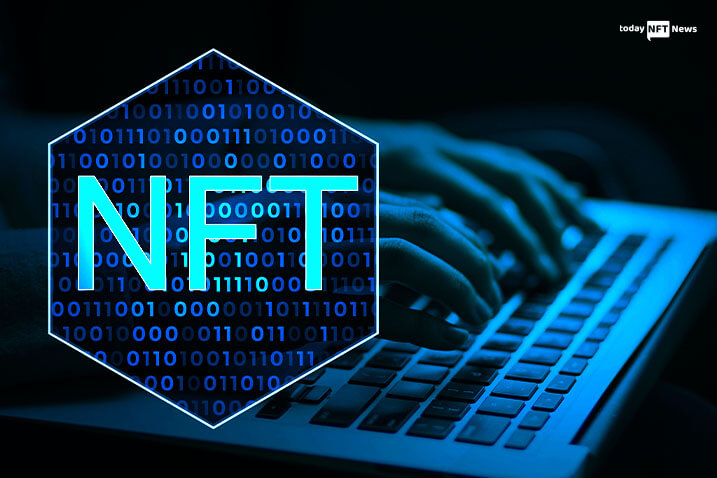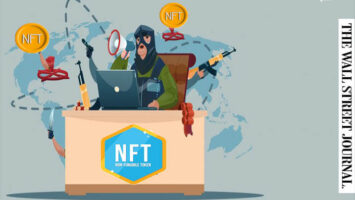SNEAK PEEK
- The industry is looking for answers to NFT image-hosting problems.
- The visuals of nonfungible coins require major improvement.
- There have been technological advancements that allow for the spread of file servers.
According to NFT project leader Alex Altgausen, if NFT initiatives wish to destabilize existing businesses, they must look into Web3 storage solutions.
Jacob Dotsol made a tweet saying FTX used a web2 API to house all of the NFTs minted on their system, and now all of those NFTs have missing information and links to a rebuilding site. Despite the fact that there is a lesson to be learned here, collections are still maintaining metadata on AWS.
There is a lesson to be learned here yet collections are still hosting metadata on AWS.
— jac0xb.sol (@jacobdotsol) December 7, 2022
The graphics element of nonfungible coins needs significant work. People first saw NFTs on FTX break after it filed bankruptcy. Lately, NFTs on the website Magic Eden displayed suspicious pictures rather than their true thumbnails.
Several leaders engaged in the NFT business shared their opinions on how to prevent possible difficulties in NFT picture hosting, ranging from employing trustworthy blockchains to examining storage solutions accessible in the Web3 domain.
The problem with FTX NFTs, according to Samuel Huber, CEO of the virtual world network LandVault, was that the information was housed using a Web2 API. The simplest way to avoid this type of issue is to employ robust blockchain applications for the NFTs themselves and maintain them on a distributed network that is not administered by a single corporation.
The CEO also emphasized that, while only a small number of projects now keep the actual images on-chain, it is vital to guarantee that the information and files are properly housed. According to the CEO, if NFT ventures genuinely want to disrupt existing businesses such as gaming, they must investigate storage solutions that are already accessible in the Web3 arena.
According to Altgausen, technological advances exist that enable the distribution of file servers using different decentralized possibilities. These enable workstations all over the world to save and distribute data in a peer-to-peer network, obviating the need for traditional Web2 data centers like Amazon Web Services or Google Cloud Platform.









